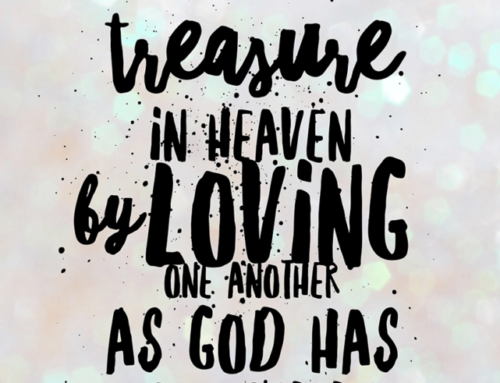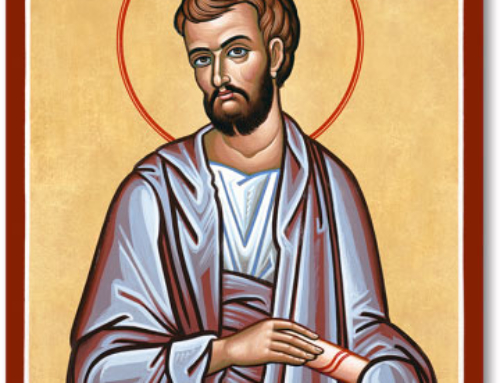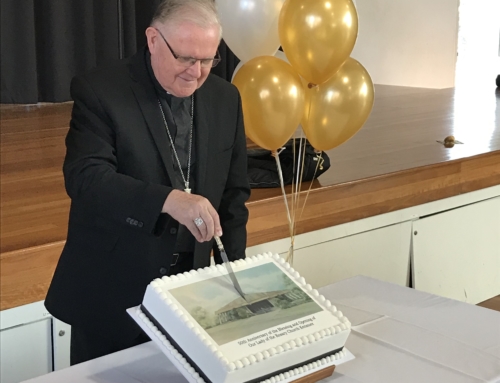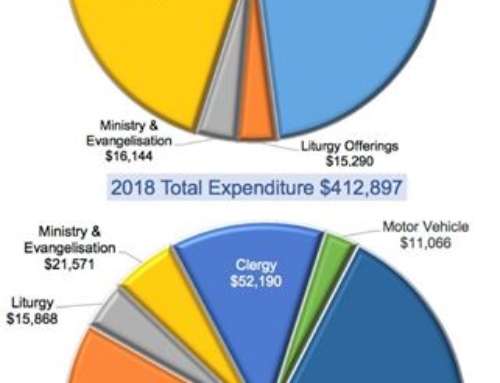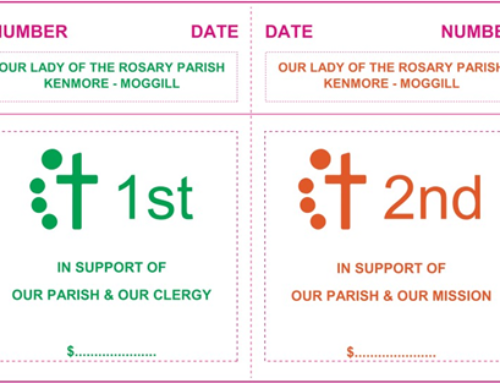The Feast of the Epiphany
 Like a lot of the foreign sounding words that are part of our liturgical language (like eucharist, epiclesis, liturgy) the word epiphany comes from the Greek and means “manifestation” or “revelation”. The feast of the Epiphany originated in the 3rd century in the East where it was celebrated on January 6 in honour of Christ’s baptism. Soon it came to be considered one of the three principal festivals of the Church, the others being Easter and Pentecost.
Like a lot of the foreign sounding words that are part of our liturgical language (like eucharist, epiclesis, liturgy) the word epiphany comes from the Greek and means “manifestation” or “revelation”. The feast of the Epiphany originated in the 3rd century in the East where it was celebrated on January 6 in honour of Christ’s baptism. Soon it came to be considered one of the three principal festivals of the Church, the others being Easter and Pentecost.
John Chrysostom, preaching in Antioch on January 6 in the year 387, explains why it is ranked above celebrations of the nativity:” Why then is this day called Epiphany? Because it was not when he was born that he became manifest to all, but when he was baptised; for up to this day he was unknown to the multitudes”. The central ritual of the feast in the Eastern Liturgy continues to be the solemn blessing of the baptismal water.
The Epiphany began to appear in the calendar of the Western Church in the 4th century but with a different focus. Instead of being a celebration of Christ’s baptism, it became associated with the manifestation of Christ to the Gentiles in the person of the Magi. Early texts make mention of the baptism of Christ and the miracle of Cana as also being aspects of the celebration. The liturgical changes of 1955 removed the Vigil and Octave from the Epiphany and made the Sunday after Epiphany a separate feast of the Baptism. Perhaps this is a case of “East is east and West is west, and never the twain shall meet”! Actually, our liturgies for Epiphany should hold together all three aspects of Christ’s revelation – visit of the Magi, baptism and miracle at Cana.
This antiphon from Morning Prayer for Epiphany expresses the richness of the feast: “Today the bridegroom claims his bride, the church, since Christ has washed her sins away in Jordan’s waters; the Magi hasten with the gifts to the royal wedding; and the wedding guests rejoice, for Christ has changed water into wine, alleluia”.
The meaning of the Epiphany becomes clearer if we look out for links between today’s gospel and Easter. For example, there is an exchange between King Herod and the Jewish leaders as also happens at the trial of Jesus; Jesus is manifested to the Gentile Magi and it is a Gentile (the centurion) who recognises Jesus as the Son of God on the cross; there is betrayal and uncertainty at the time of Jesus’ birth as there is at his trial, suffering and death. These parallels serve to remind us that all our liturgies have the one “theme”, that we are always celebrating the paschal mystery, that is, the life, death and resurrection of Jesus Christ! (Excerpt from Liturgy Lines)

